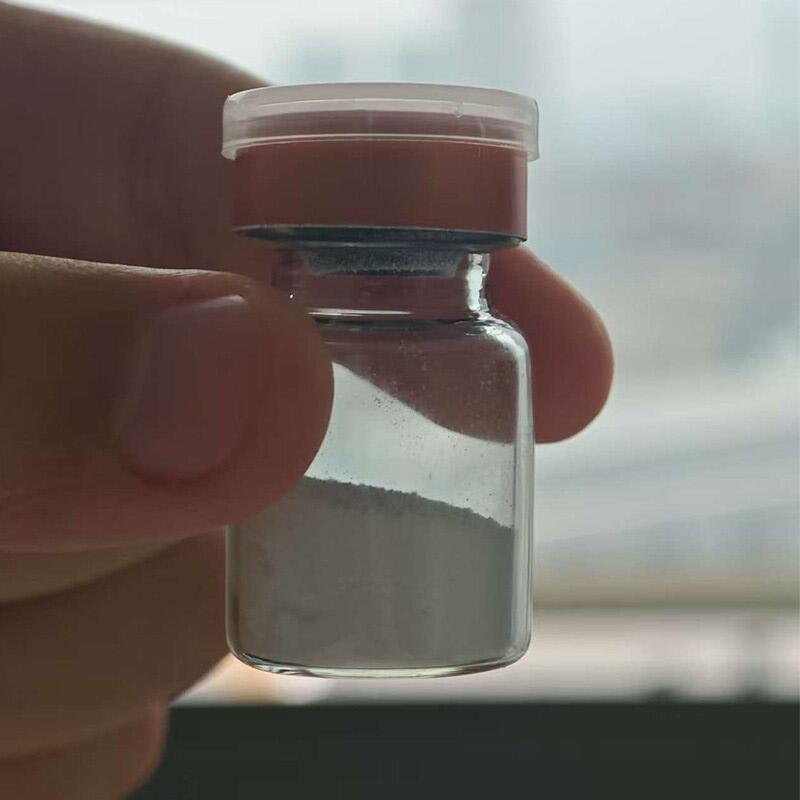-
Categories
-
Pharmaceutical Intermediates
-
Active Pharmaceutical Ingredients
-
Food Additives
- Industrial Coatings
- Agrochemicals
- Dyes and Pigments
- Surfactant
- Flavors and Fragrances
- Chemical Reagents
- Catalyst and Auxiliary
- Natural Products
- Inorganic Chemistry
-
Organic Chemistry
-
Biochemical Engineering
- Analytical Chemistry
-
Cosmetic Ingredient
- Water Treatment Chemical
-
Pharmaceutical Intermediates
Promotion
ECHEMI Mall
Wholesale
Weekly Price
Exhibition
News
-
Trade Service
Lesinurad is a medication that is used to treat gout, a painful and inflammatory condition that affects the joints.
It is a urate-lowering medication that works by reducing the amount of uric acid in the body.
The synthesis of lesinurad involves the use of several chemical reactions and steps.
There are several synthetic routes that have been developed to synthesize lesinurad, each with its own advantages and disadvantages.
One of the most common synthetic routes for lesinurad involves the use of a process called the "Ullmann condensation.
" This reaction involves the reaction of a substituted benzaldehyde with an amine, such as pyrrolidine, in the presence of a strong acid catalyst, such as hydrochloric acid.
This reaction yields a substituted pyrrole, which can then be further transformed into lesinurad through several additional chemical reactions.
Another synthetic route for lesinurad involves the use of a process called the "Strecker reaction.
" This reaction involves the reaction of a substituted benzaldehyde with an ammonia solution in the presence of a strong acid catalyst, such as sulfuric acid.
This reaction also yields a substituted pyrrole, which can then be further transformed into lesinurad through additional chemical reactions.
A third synthetic route for lesinurad involves the use of a process called the "Henry reaction.
" This reaction involves the reaction of an aldehyde with a substituted aniline in the presence of a strong acid catalyst, such as hydrochloric acid.
This reaction also yields a substituted pyrrole, which can then be further transformed into lesinurad through additional chemical reactions.
Overall, the synthetic routes for lesinurad involve the use of a variety of chemical reactions and steps.
While each route has its own advantages and disadvantages, they all ultimately result in the synthesis of this important medication.
The development of new and more efficient synthetic routes for lesinurad is an active area of research in the chemical industry, as it can help to improve the production and availability of this important medication.







